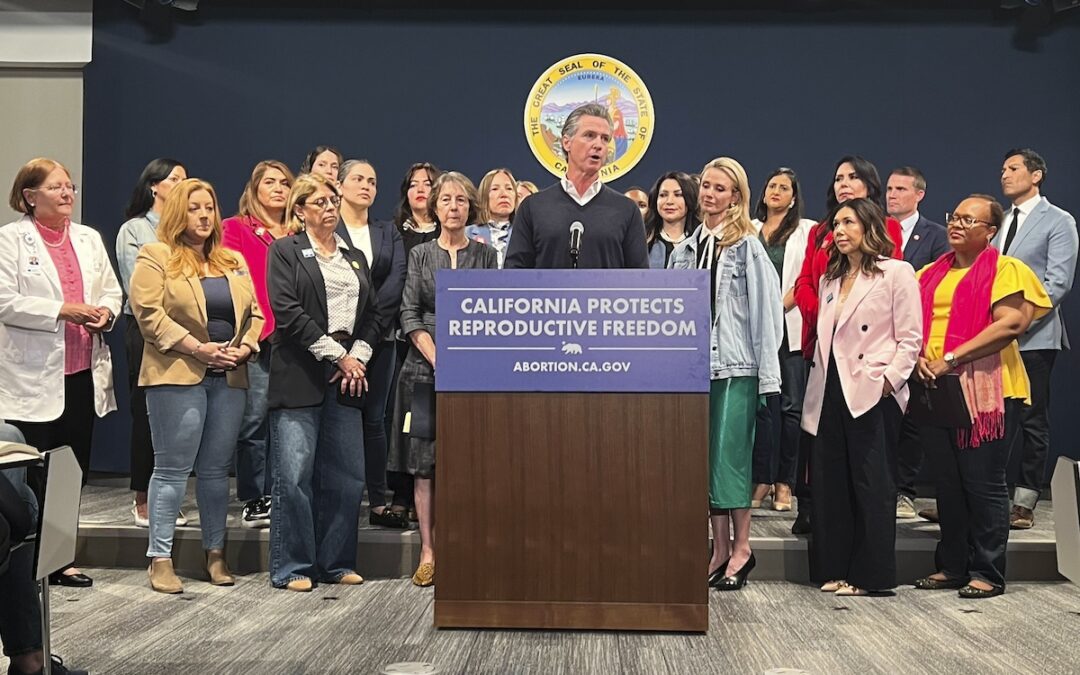
More than 40% of teachers who resigned or retired this school year said the COVID-19 pandemic was their primary reason for leaving.
Arizona schools have come up short on hiring teachers for the sixth consecutive year, according to a recent report by the Arizona School Personnel Administrators Association (ASPAA).
The survey of 145 school districts and charter schools shows that, as of Aug. 31, more than 1,700 vacancies remain unfilled. More than 3,000 vacancies are filled by “alternative methods,” which includes student teachers and people issued emergency teaching certifications.
The survey also noted that 751 teachers left their jobs by the end of August, with about 80% of them holding standard teaching certificates. More than 300 of those teachers gave the COVID-19 pandemic as their primary reason for leaving.
More than 600 nonteaching staff members also left their jobs due to the virus.
Instead of fully leaving their jobs, 138 teachers and 342 staff members took unpaid, yearlong absences as a result of the pandemic.
A steady need for teachers
While the number of unfilled vacancies has actually gone down from the last ASPAA survey in December 2019, that doesn’t necessarily mean the shortage is improving.
Justin Wing, head of the ASPAA Data Analyst Committee, told The Copper Courier the difference from the 1,845 unfilled vacancies last year could just come down to which schools responded. In that survey, 209 districts and charter schools participated while only 145 did this time.
Wing also noted that this latest survey may not fully reflect the effects of COVID, since some schools have still been weighing their options for reopening.
Wing said when the ASPAA conducts its next survey in December of this year, the state will get a better idea of how many teachers have left because of the pandemic.
In the December 2019 survey, nearly 4,000 vacancies were filled by people not meeting regular teaching requirements, and almost 1,000 teachers had quit by the end of the year.
Causes of the shortage
The state has made efforts in recent years to boost education.
After the Red for Ed walkouts in 2018, Gov. Doug Ducey approved the 20 by 2020 plan, which offered teachers incremental raises through this year.
Superintendent of Public Instruction Kathy Hoffman has also created new positions focused on teacher retention and championed the Arizona Teachers Academy, a program giving full-tuition scholarships to education students who commit to working in Arizona schools after graduating.
But problems with the state’s education system, including low funding and teacher pay, continue to turn people away from pursuing the profession in Arizona.
As recently as Sept. 21, WalletHub ranked Arizona the third-worst state for teachers. The state still had the highest student-to-teacher ratio, third-lowest average annual salary, third-highest projected teacher turnover rate, and fourth-lowest public school spending per student.
“Arizona children deserve the best teachers and a stable workforce,” the ASPAA wrote in a press release. “School district and charter schools compete nationally for the limited pool of candidates. The inability to offer competitive salaries severely limits public schools from attracting the best and brightest.”
Change on the horizon
Educators are hoping some of these longstanding problems could change this fall with the Invest in Ed initiative, or Proposition 208.
The ballot measure would create a 3.5% surcharge on the personal income of individuals making over $250,000 and couples making over half a million dollars. Only the income past those thresholds would be subject to the added tax.
The hundreds of millions of dollars raised would go to increasing teacher and staff salaries, recruitment, funding the teachers academy, and more.
David Lujan, head of the Arizona Center for Economic Progress, which is part of the Invest in Ed coalition, told The Copper Courier the measure would help ease concerns created by the pandemic, such as reducing class size to allow schools to more adequately implement social distancing guidelines.
“[Increasing pay] is good not only for teachers to make their working conditions better,” he said, “but it’s good for the students and the parents because one of the problems that has been created by the teacher shortage is class sizes have gotten larger and larger.”
Read More: Crisis Learning: What the Coronavirus Taught Us About Arizona’s Education System
Politics

Democrats successfully force vote on repealing 1864 abortion ban, passes House
The Arizona legislature moved forward two bills Wednesday that would repeal the state’s 1864 abortion ban. A bill to repeal the ban has been...

State Official: 1864 abortion ban gives Arizona ‘black eye’
Arizona’s role at the forefront of the climate crisis, defending democratic elections, and protecting reproductive rights has caught the attention...
Local News

Arizona Sens. Anthony Kern, Jake Hoffman, indicted for fake election scheme
Eighteen individuals involved in a conspiracy to overturn Arizona’s election results in 2020 were indicted by a grand jury Wednesday and charged...

Gov. Gavin Newsom wants to let Arizona doctors provide abortions in California
California law generally allows abortion up to the point of fetal viability, which is around 24 weeks. SACRAMENTO, Calif. (AP) — Arizona doctors...





